When to see November’s Beaver Supermoon
These nights will offer the most striking sights as the Moon rises large and golden in the eastern sky. To find the exact moonrise and moonset times for your area, you can use a Moonrise and Moonset Calculator, which will help pinpoint when the full Moon becomes visible above the horizon. This Beaver Moon will be a must-see event for astronomy lovers, photographers, and casual stargazers alike.
What makes the Beaver Moon a supermoon
This particular full Moon is not just any full Moon—it’s the closest supermoon of 2025. At its nearest point, the Moon will be just 221,817 miles (356,980 kilometers) from Earth, making it appear slightly larger and brighter than usual.
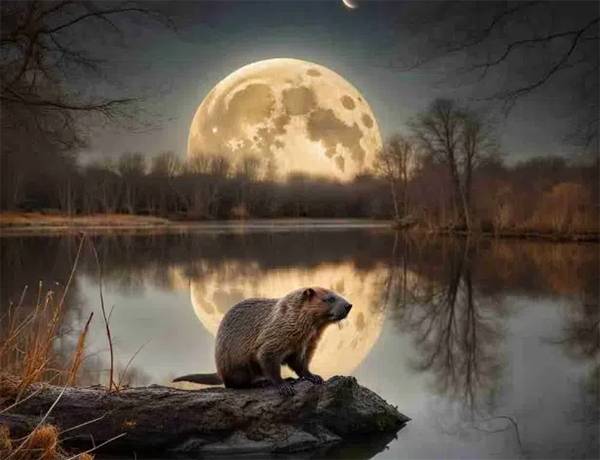
The term “supermoon” refers to a “perigean full Moon,” meaning that the Moon is full while also being at or near its closest approach to Earth in its elliptical orbit. Although the difference in size compared to an average full Moon is only around 7%, the combination of proximity and illumination creates a breathtaking effect, especially as it rises near the horizon.
Many observers also experience the “Moon illusion,” where the Moon appears much larger when viewed low in the sky near trees, buildings, or the horizon—a stunning optical trick that enhances the spectacle.
Why it’s called the Beaver Moon
The name “Beaver Moon” has deep historical and cultural roots. Early Native American tribes, as well as European and Colonial settlers, used full Moon names to track the seasons. November’s full Moon was traditionally known as the Beaver Moon because it marked the time when beavers prepared for winter by securing their lodges and storing food.
During the fur trade era in North America, November was also a key period for trapping beavers, whose thick winter pelts were highly prized. Thus, the Beaver Moon symbolized both animal activity and human livelihood as winter approached.
This naming tradition reflects how people have long observed and respected the natural cycles of the Moon and the changing seasons.
Other names for the November full Moon
Different Indigenous cultures across North America gave November’s Moon other evocative names that highlight seasonal transitions and animal behavior. The Tlingit called it the Digging or Scratching Moon, representing animals foraging and bears preparing dens. The Dakota and Lakota peoples referred to it as the Deer Rutting Moon, marking the mating season for deer.
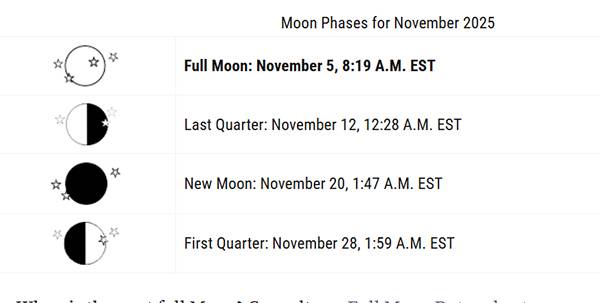
The Algonquin named it the Whitefish Moon, in recognition of the time when whitefish spawn. Meanwhile, the Cree and Assiniboine peoples called it the Frost Moon, and the Anishinaabe referred to it as the Freezing Moon, symbolizing the arrival of cold weather and the first frosts of late autumn.
Each of these names paints a vivid picture of life and change during November’s transition into winter.
- Moon phases for November 2025
- Here are the major Moon phases for November 2025 (Eastern Time):
- First Quarter: November 1
- Full Moon (Beaver Supermoon): November 5
- Last Quarter: November 12
- New Moon: November 20
These phases mark the Moon’s continuous dance through the sky, influencing tides, wildlife behavior, and even agricultural traditions that have guided human activity for centuries.
Best lunar days in November 2025
Many gardeners, anglers, and farmers still consult lunar calendars to determine the most favorable times for their activities. In November 2025:
- Best days for harvesting aboveground crops: November 4, 5, 23, and 24
- Best days for belowground crops: November 13 and 14
- Best days for setting eggs: November 7 and 8
- Best fishing days: November 1–5 and November 20–30
These traditional moon-based practices continue to connect people with natural rhythms and remind us of humanity’s long relationship with lunar cycles.
Fascinating facts about the Moon
The Moon is tidally locked with Earth, meaning it rotates on its axis at the same rate it revolves around our planet—about once every 27 days. That’s why we always see the same lunar face from Earth. The far side, often called the “dark side,” remains hidden from view.
If you were to stand on the Moon, you’d experience a gravity that’s only about 16.5% of Earth’s. To find your lunar weight, multiply your Earth weight by 0.165—you’d weigh roughly 80% less!
With every full Moon, we are reminded of the Moon’s power to inspire curiosity, guide ancient traditions, and bring people together under the same glowing light.

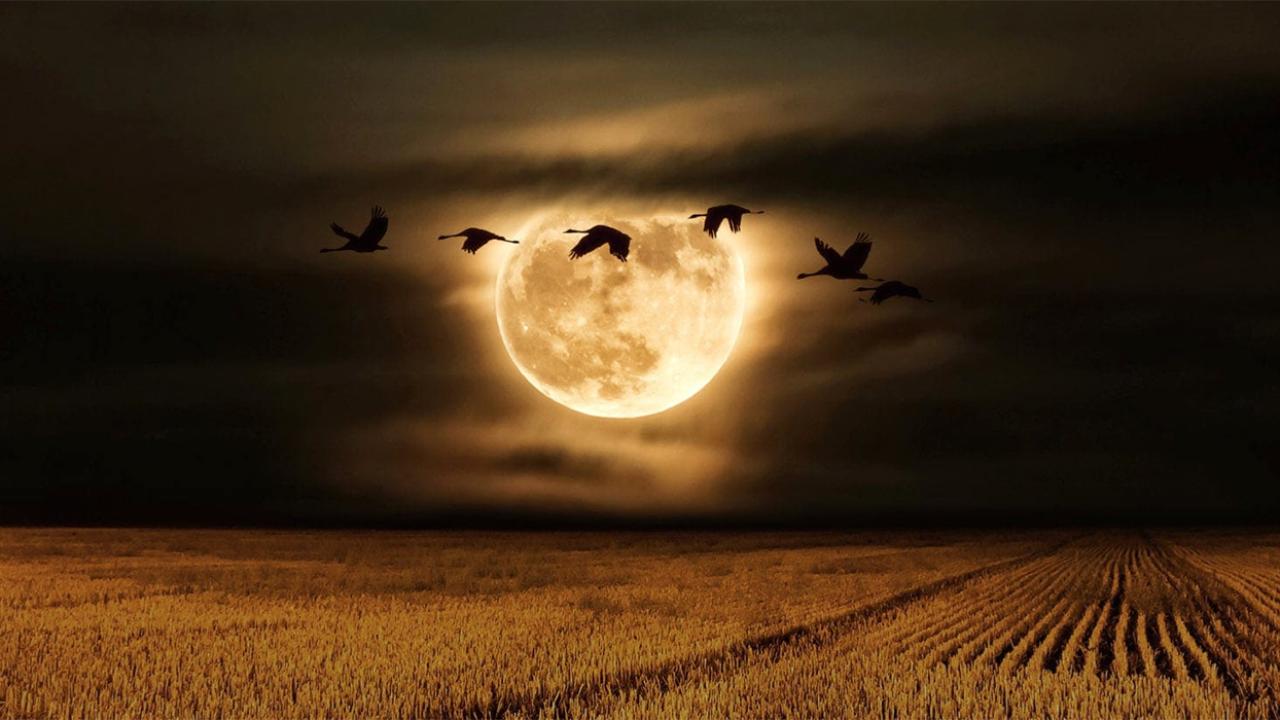
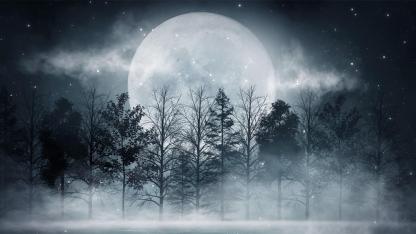
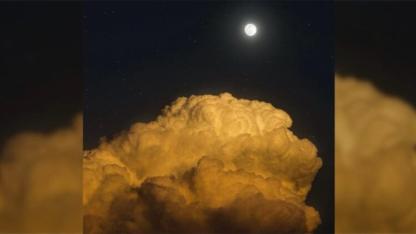


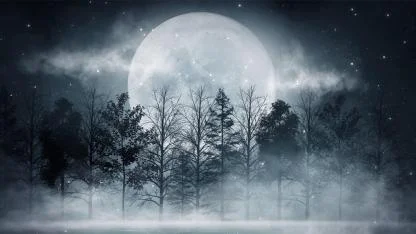
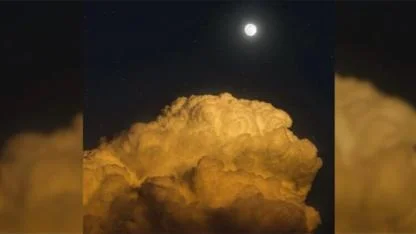


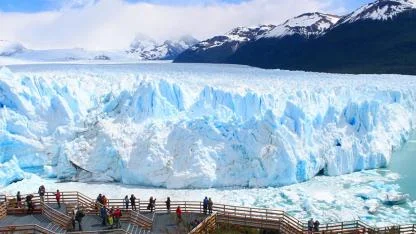
Yorumlar
Kalan Karakter: